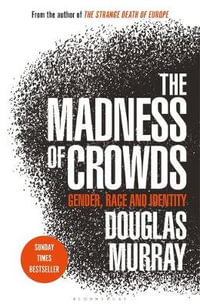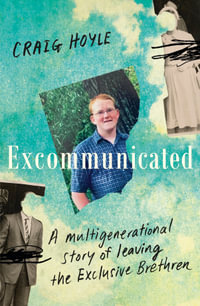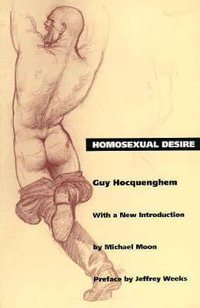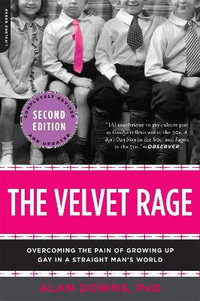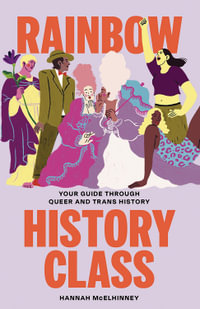Motivated by the death of his partner, Adams seeks to redefine the closet as a relational construct between all people and all sexualities. The closet is explored at each stage—entering it, inhabiting it, and coming out of it—and strategies are offered for reframing difficult closet experiences. Adams makes use of interviews, personal narratives, and autoethnography to analyze lived, relational experiences of sexuality. This is a must have for scholars and students of gender studies, qualitative research, and for any reader who has felt the closet’s reach.
Industry Reviews
"...Interweaving his own story with interviews, life stories, and media and textual analysis, Tony Adams' Narrating the Closet complicates, theorizes, and enriches our understanding of the closet and the coming out process. Adams explains in a fresh and original way the complexities and potential dangers of coming out, along with the iterative and interactional nature of that process. This book both theorizes the closet and makes that theory real, explicating how the many moments of coming out function in the lives of lesbians and gay men. This is a thought-provoking and highly readable book."...- Jacqueline Taylor, Dean, College of Communication, DePaul University "Grounded in storytelling, Narrating the Closet convincingly models personal vulnerability and academic integrity. Adam's narrative style has a poetic rhythm and cadence, inviting the reader to trust him as a narrator. While scholarly in nature, Narrating the Closet is accessible to a variety of academic and non-academic audiences. Scholars interested in gender and sexuality studies, queer studies, communication studies, and qualitative research will find Narrating the Closet a beneficial edition to their collection. Adam's book extends the boundaries of qualitative research and encourages scholars to utilize their lived experiences as a site for critical inquiry. Narrating the Closet also provides advocates with insightful stories and information that can be used to tackle bullying, harassment, and LGBQ suicides. Narrating the Closet is an affirmation of LGBQ identities that reminds young gay, lesbian, bisexual, and queer individuals that they are not alone."--Stephanie L. Young, Sexuality & Culture "Narrating the Closet is linked to a body of queer and post-queer work which deals with same-sex desire and identity after queer theory. It is a work that begins to deconstruct and critically reflects on the legacy of same-sex desire and culture as well as moving towards another paradigm shift' whereby the shibboleths of coming out of the closet, gay pride and gay consumer culture and capital are as problematic as they are empowering. Adams' contribution to this field is both relevant and original, offering a multifaceted alternative to some of the facile and supercilious examinations of same-sex desire, identity politics and representation. The ways in which he examines the relational and contingent construction of the closet means that his work can be read as an autobiographical account used as a methodological resource or read as a critical text in the fields of psychology, sexuality and identity politics." --Psychology & Sexuality "Adams' thick description of the contours of coming out, the closet, and same-sex attraction demonstrate the dynamic complexity of non-heterosexual experience, agency, and meaning-making found within the simplest forms of social interaction. In fact, it is not a stretch to say that researchers could draw upon each of the phases outlined in this work--Learning the Closet, Living (in) the Closet, Leaving the Closet, and Paradoxes of the Closet--to further expand knowledge of lesbian, gay, bisexual, queer (LGBQ) experience. Similarly, teachers could translate the thick descriptions offered in this work into teaching tools capable of illustrating the importance of taking responsibility--regardless of our own sexual desires--for the establishment of safe spaces wherein people may freely express who, how, and what they love without fear. I would thus suggest that Narrating the Closet represents a significant contribution to our understanding of same-sex desire, the closet, and coming out."--J Edward Sumerau, Symbolic Interaction







